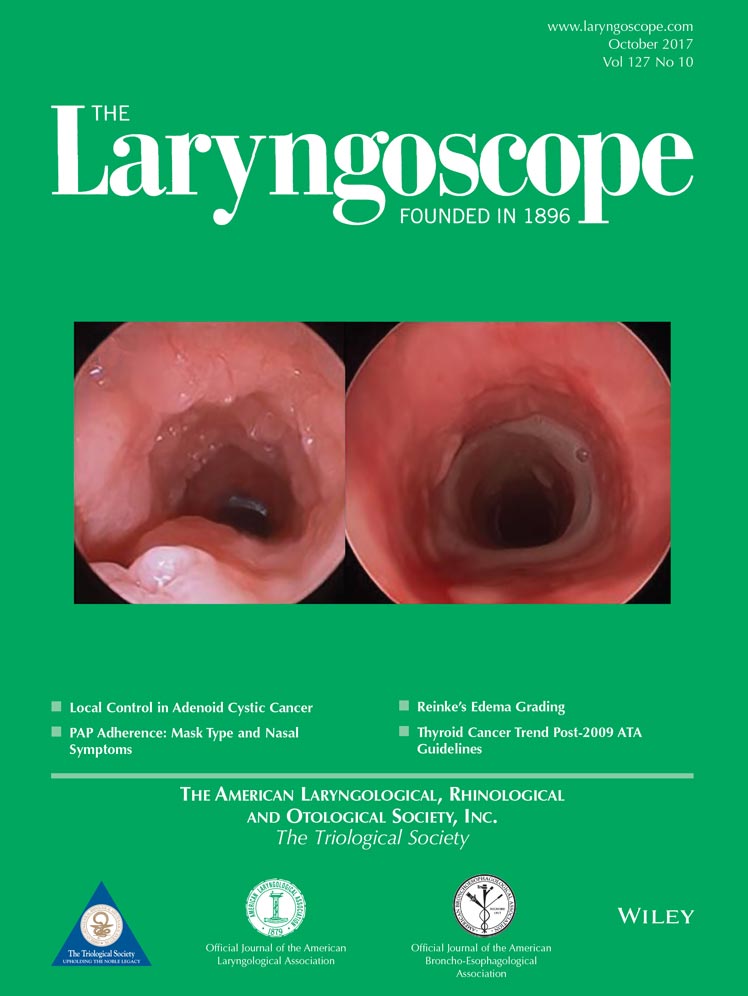Middle cranial fossa approach to repair tegmen defects assisted by three-dimensionally printed temporal bone models
There are currently no conflicts of interest, but we have a patent pending for peripherally related work involving lateral skull base repair and three-dimensional printed technology.
The authors have no other funding, financial relationships, or conflicts of interest to disclose.
Abstract
Objectives/Hypothesis
To explore the perioperative utility of three-dimensionally (3D)-printed temporal bone models of patients undergoing repair of lateral skull base defects and spontaneous cerebrospinal fluid leaks with the middle cranial fossa approach.
Study Design
Case series.
Methods
3D-printed temporal bone models—based on patient-specific, high-resolution computed tomographic imaging—were constructed using inexpensive polymer materials. Preoperatively, the models demonstrated the extent of temporal lobe retraction necessary to visualize the proposed defects in the lateral skull base. Also preoperatively, Silastic sheeting was arranged across the modeled tegmen, marked, and cut to cover all of the proposed defect sites. The Silastic sheeting was then sterilized and subsequently served as a precise intraoperative template for a synthetic dural replacement graft. Of note, these grafts were customized without needing to retract the temporal lobe.
Results
Five patients underwent the middle cranial fossa approach assisted by 3D-printed temporal bone models to repair tegmen defects and spontaneous cerebrospinal fluid leaks. No complications were encountered. The prefabricated dural repair grafts were easily placed and fit precisely onto the middle fossa floor without any additional modifications. All defects were covered as predicted by the 3D temporal bone models. At their postoperative visits, all five patients maintained resolution of their spontaneous cerebrospinal fluid leaks.
Conclusions
Inexpensive 3D-printed temporal bone models of tegmen defects can serve as beneficial adjuncts during lateral skull base repair. The models provide a panoramic preoperative view of all tegmen defects and allow for custom templating of dural grafts without temporal lobe retraction.
Level of Evidence
4 Laryngoscope, 127:2347–2351, 2017




